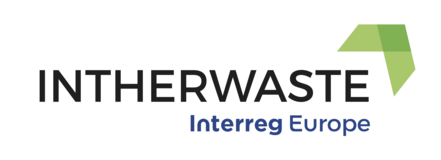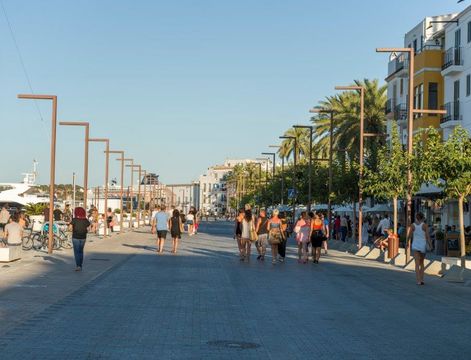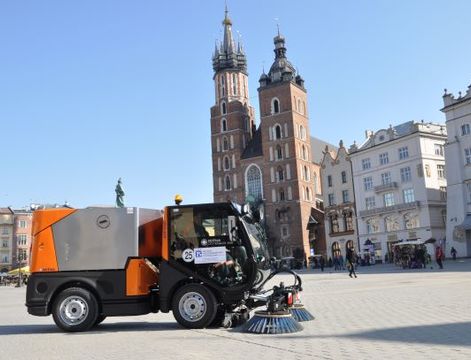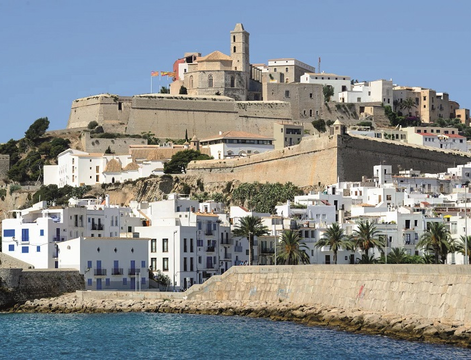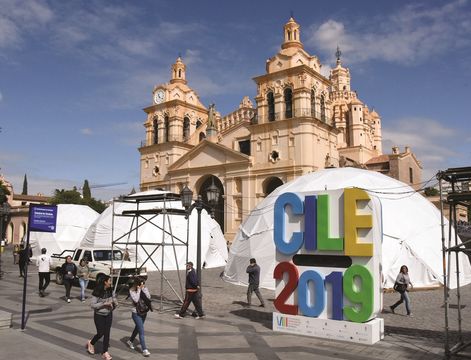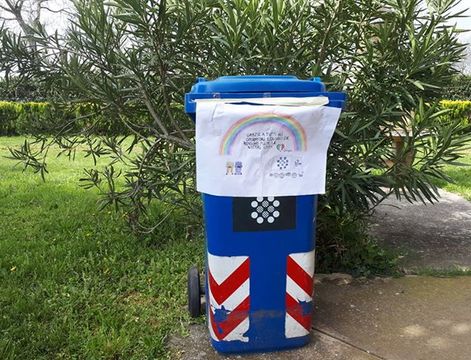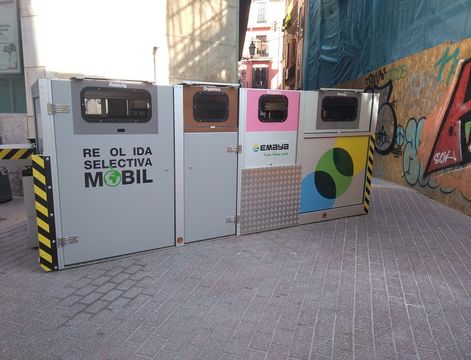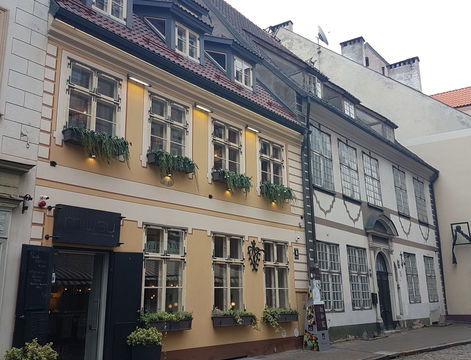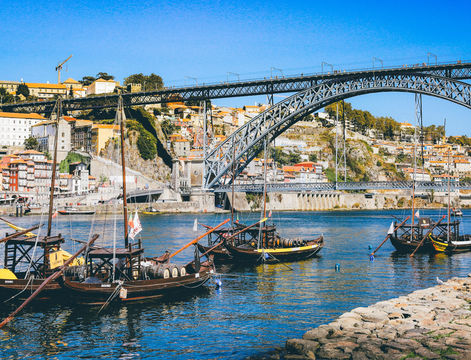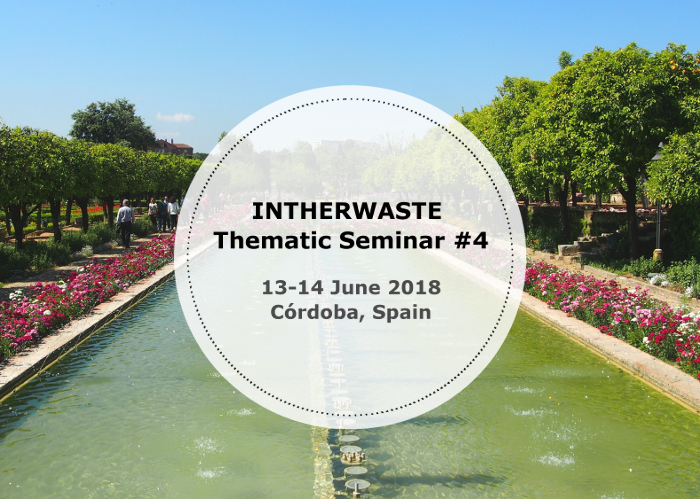Tallinn is the capital of Estonia with a population of 448,700 inhabitants. The heart of Tallinn is its old town, one of Europe's most well-preserved medieval town centers, which has been on the UNESCO World Heritage Site since 1997. In 2016, approximately 4 million tourists visited the city and the travel book publisher Lonely Planet has named Tallinn as a number one best value destination in the world to visit in 2018.
Tallinn's Environmental Department is a part of Tallinn's City Government. One of its areas of activity is to organize and develop the city’s waste management. Tallinn is divided into 13 waste transportation areas: mixed municipal waste, biodegradable waste, paper/carton and bulky waste are collected door-to-door and the fee depends on the size of the container. There are 327 public packaging waste collection points and 4 recycling centers, where residents can bring other separately collected waste. Deposit packaging system is functioning successfully throughout Estonia (see the INTHERWASTE good practice for more information).
Approximately 200,000 tons of municipal waste is generated annually and separate collection rate reaches almost 50%. 46% of municipal waste from Tallinn was recycled in 2016 and only about 1-2% of municipal waste is landfilled. There are two mechanical-biological treatment plants and one incineration plant close to Tallinn where mixed municipal waste is treated.
In Tallinn, waste containers cannot be located on the street, therefore landowners have to find a place on their own property. As in most heritage cities, the streets of the Old Town are narrow and there are a lot of tourists, which makes it difficult to move around with waste trucks. Additionally there is not enough room for the containers. Waste transportation is allowed only in the morning from 6am to 12am. The restrictions are also related to the mass of waste trucks, which cannot exceed 12 tons.
The city of Tallinn decided to participate in the INTHERWASTE project because waste collection and transportation in the Old Town area are complicated and the city hopes to find a better solution thanks to the exchange of best practices between partners.
More information: www.tallinn.ee
